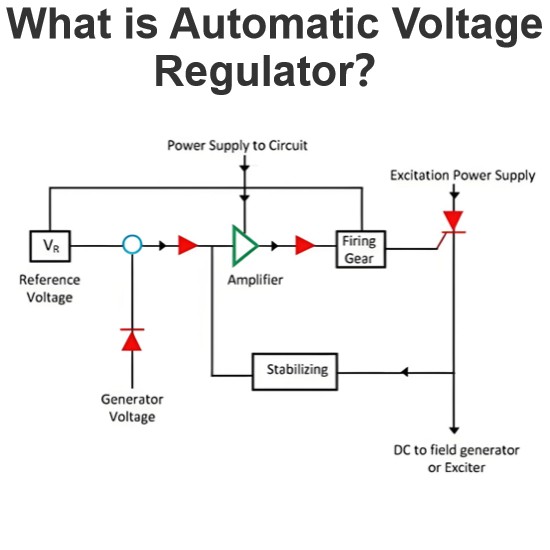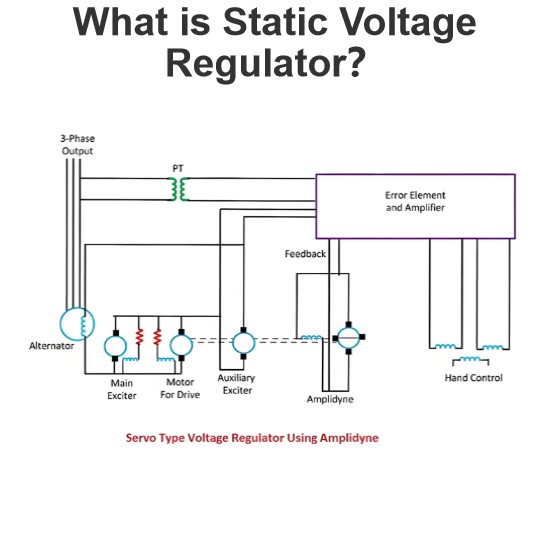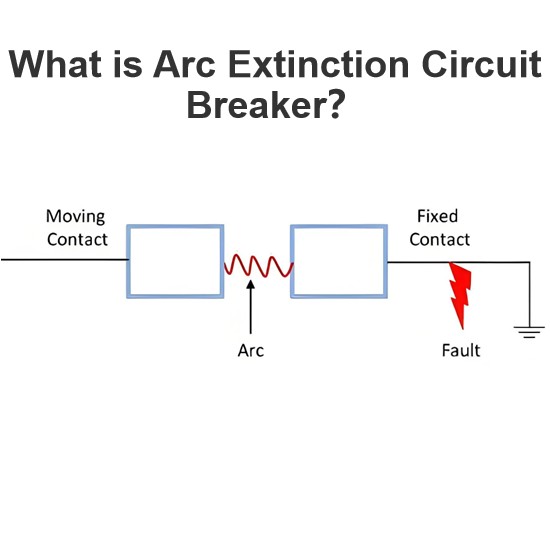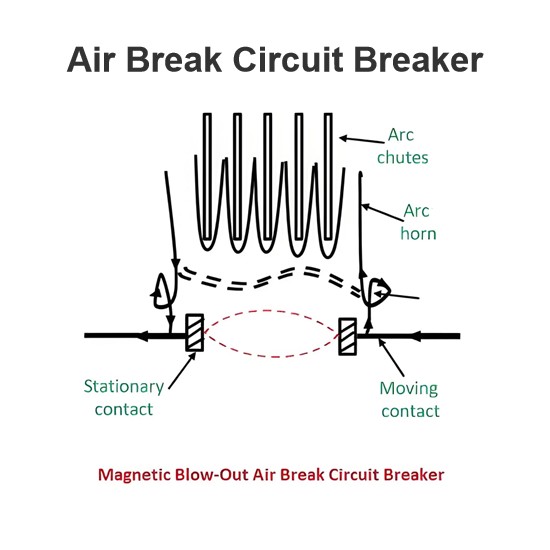First trip testing method for circuit breakers
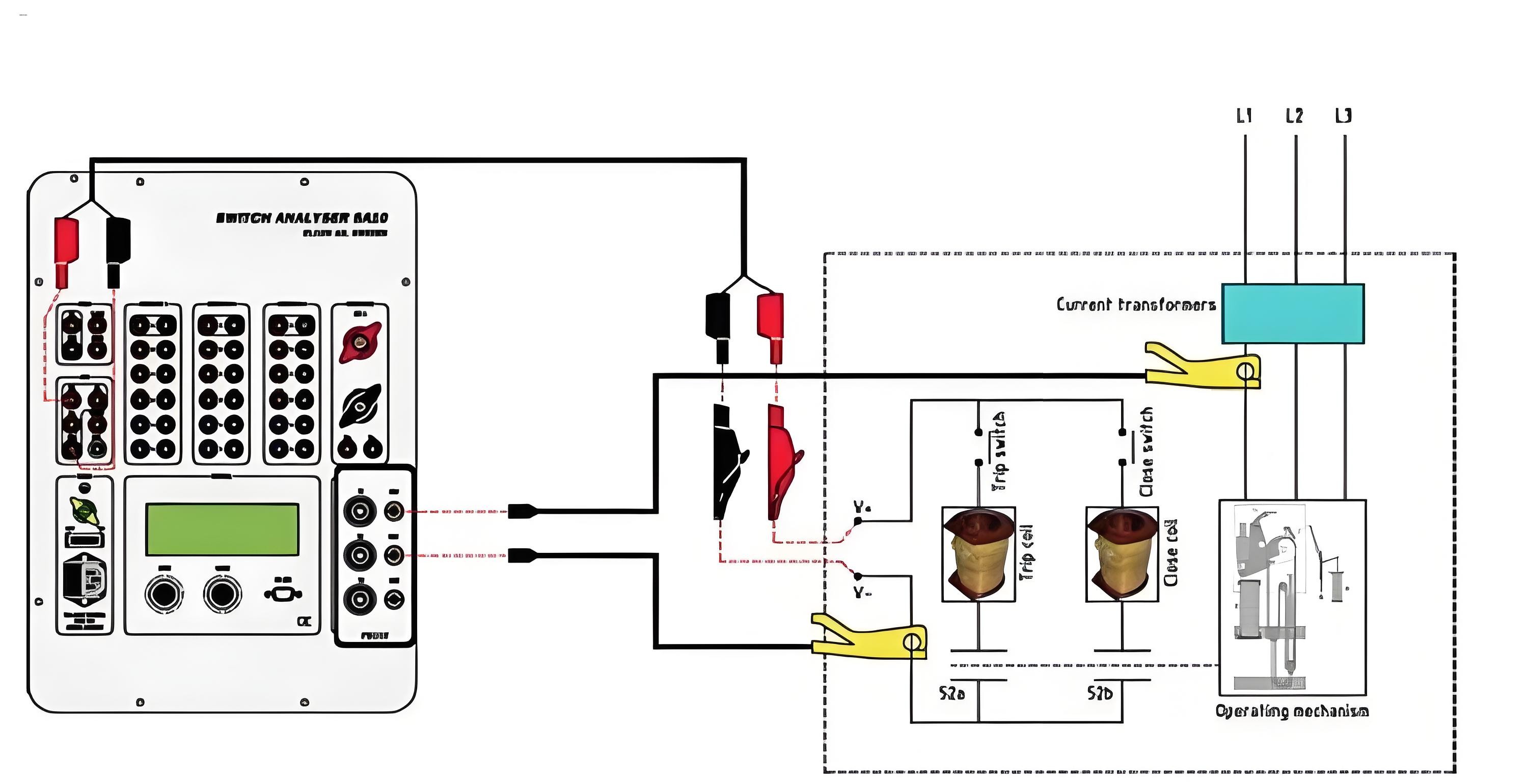
“First trip” testing is crucial for assessing the condition of the coil operating mechanism and providing insights into how the circuit breaker will perform in an actual fault scenario. Thus, capturing the first trip operation is fundamental for effective circuit breaker condition monitoring.
A circuit breaker spends the majority of its lifespan conducting current without any operation. Once the protective relay detects an issue, a circuit breaker that may have been idle for a year or even longer must operate as swiftly as possible. However, if a circuit breaker has not been actuated for an extended period, latch friction may increase. Information regarding latch friction can be gleaned from the coil current waveform recorded during the first trip operation.
The most significant advantage of first trip testing lies in its ability to simulate “real - world” operating conditions. If a circuit breaker has not been operational for a year, first trip testing can reveal whether it has become slower due to issues such as corrosion in the mechanism linkages. In contrast, traditional testing methods are carried out after the circuit breaker has been taken out of service and has been operated one or even two times.
When a fault occurs, proper operation of the circuit breaker (CB) is expected. Regrettably, environmental contaminants, hardened grease, vibration, and other factors can negatively impact the circuit breaker's operating time. Often, this problem resolves after the breaker's first operation, making it impossible to detect the root cause in subsequent tests.
Modern CB analyzers offer an online testing mode that can record the first on - line trip time without being isolated from the grid. Online first trip testing provides three key advantages:
Time and resource savings: It reduces the need for extensive offline testing procedures, saving both time and resources.
Diagnostic determination: It helps determine whether a CB requires offline diagnostic testing.
Slow operation capture: It can capture instances of slow CB operation during the first trip test.
The first online testing measurements typically include the following aspects:
Trip and Close Coil Current: Measuring the current in the trip and close coils.
Main Contact Timing: Determining the timing of the main contacts' opening and closing.
Battery Voltage graph: Monitoring the battery voltage over time.
Auxiliary Contact Inputs: Recording the status of auxiliary contact inputs.
In the figure, a typical connection diagram for an online test from Vanguard Instruments Company is shown. Three non - contact AC current probes, connected to the CB bushing CT secondary winding, are used to detect the main contact current. Since the timer can detect when the trip or close operation is initiated, the contact time can be determined based on the presence or absence of the bushing current.

